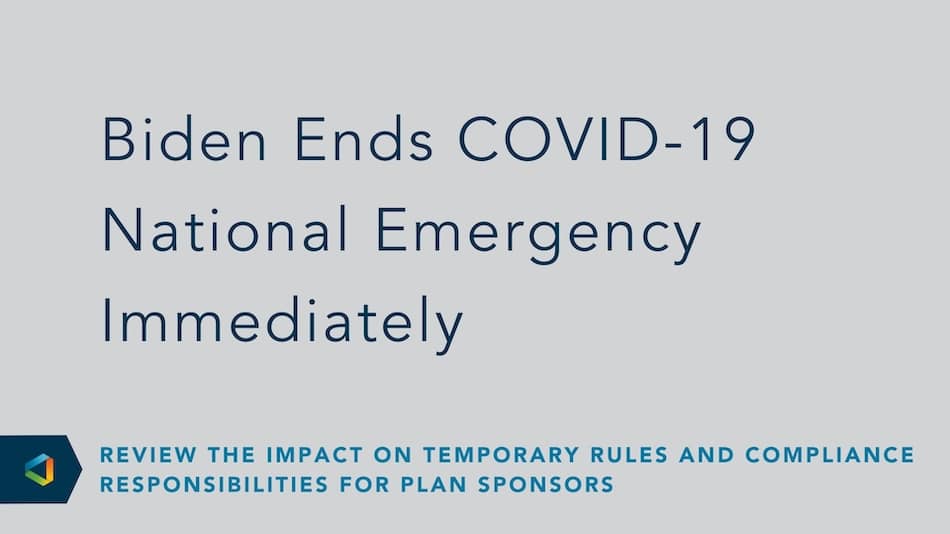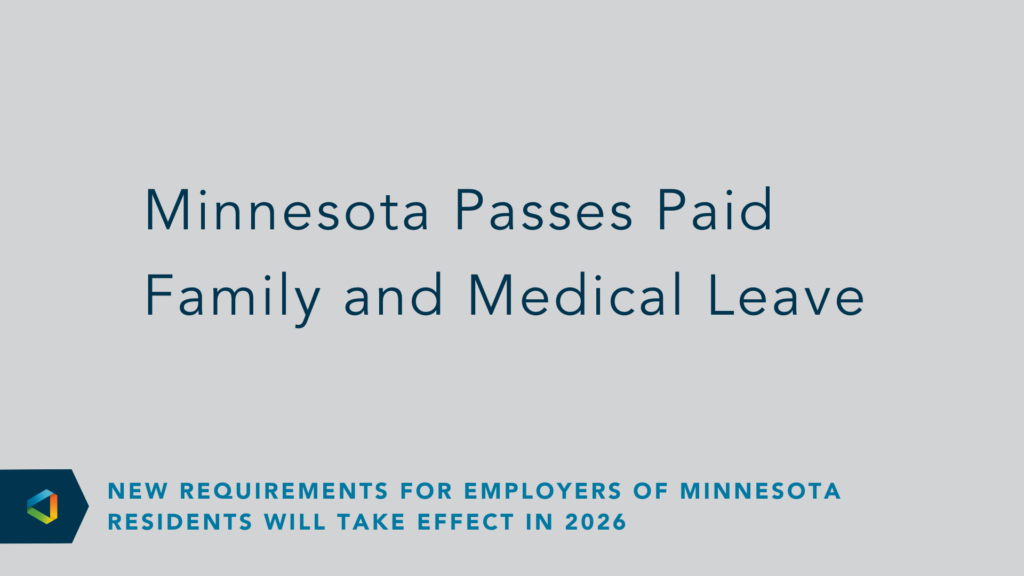Compliance Confidence
Reminder: Make Sure to Distribute Medical Loss Ratio (MLR) Rebates This Year
Reminder: Make Sure to Distribute Medical Loss Ratio (MLR) Rebates This Year
Each September, insurance carriers are required to distribute Medical Loss Ratio (MLR) payments to certain employers with fully insured medical policies.
The Affordable Care Act (ACA) requires that insurance carriers report the percentage of premium dollars spent directly on patient care and services during the prior calendar year to the Department of Health and Human Services (HHS) each year by July 31st. In the small group market, carriers must spend at least 80% of premiums on medical care, and in the large group market, carriers must spend at least 85% of premiums on medical care. If by July, the carrier determines that they did not meet these thresholds for plans in a particular region during the prior calendar year, they must issue a rebate to those policyholders during the month of September.
When an insurance carrier determines that it did not meet the threshold set by the HHS, they must issue a rebate to policyholders during the month of September. In some cases, a portion of these proceeds must be distributed to plan members.
As a result, some employers with fully insured policies may soon receive a rebate check from their medical plan carrier. Total MLR reimbursements are projected to be $1.1 billion in 2023, which is about the same level as last year.
When an employer receives a MLR rebate check, they will need to consider if any portion of the rebate is considered “plan assets” under the Employee Retirement Income Security Act (ERISA). If employees contributed to the total premium, then a portion of the MLR rebate will be considered to be an ERISA plan asset and can only be used to benefit those participants, not the employer.
Next Steps for Employers
Employers who receive these rebates need to determine what portion, if any, of the rebate is deemed ERISA plan assets. Once this is complete, they should distribute the portion of the rebate that is owed to plan participants within three months of receiving the check from the carrier.
Depending on the size of the rebate check the employer receives, the employee’s portion of the rebate could be minimal. Despite this, the IRS has not weighed in on how small of a rebate is “too small” to distribute. As a result, the simplest way to distribute any rebate to employees is to issue a “premium holiday” and reduce employees’ future payroll contributions in the amount of the rebate that is owed to them.
For additional information on this compliance issue, please review the following blog post: Guidance for Employers on Handling Insurance Plan Distributions.




